I’ve been thinking about happiness lately and I’ve noticed that thinking about happiness has become big business. There are courses on happiness at universities, there are books on happiness, there are podcasts on happiness – happiness, or at least theories of happiness, are everywhere. This doesn’t mean there are a lot of happy people, it just means there are a lot of people talking and writing about people who are happy. And maybe those people doing the talking and writing are happy because they have a job studying happy people, but that’s probably the subject for yet another study.
I can’t say that I’ve read all the books or listened to all the podcasts or taken all the courses on happiness. Frankly, I can’t say I’ve read any of the books or listened to any of the podcasts or taken any of the courses – but I know they’re out there so that must count for something. What I can say is that I have been struggling to answer two questions about happiness.







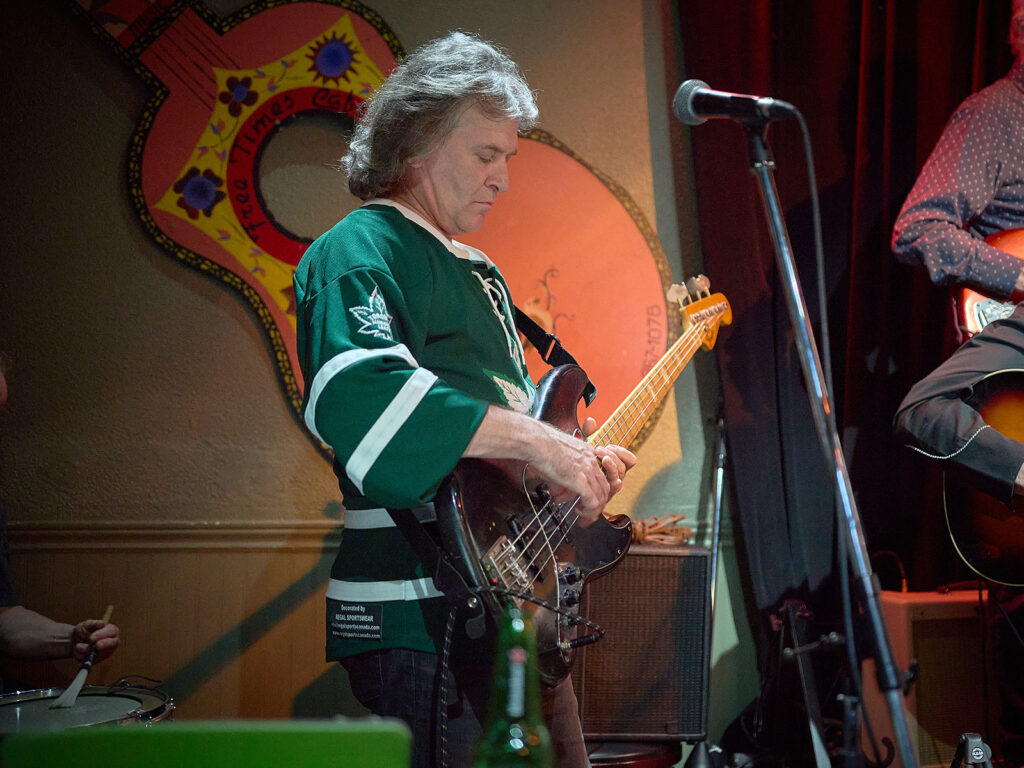
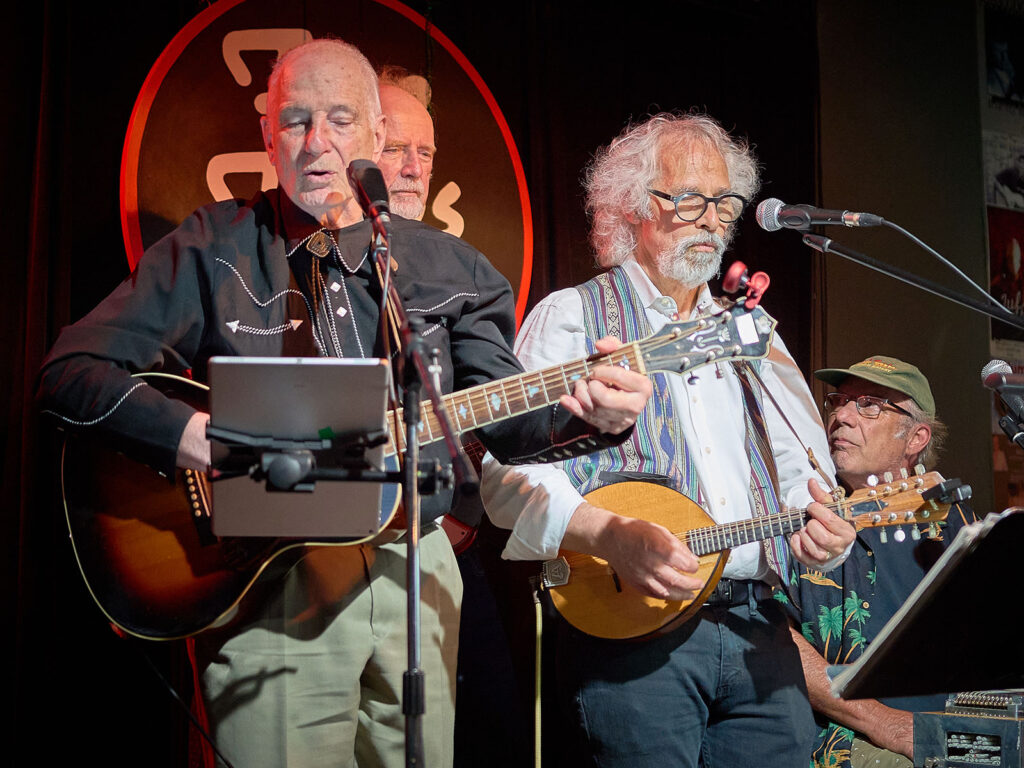


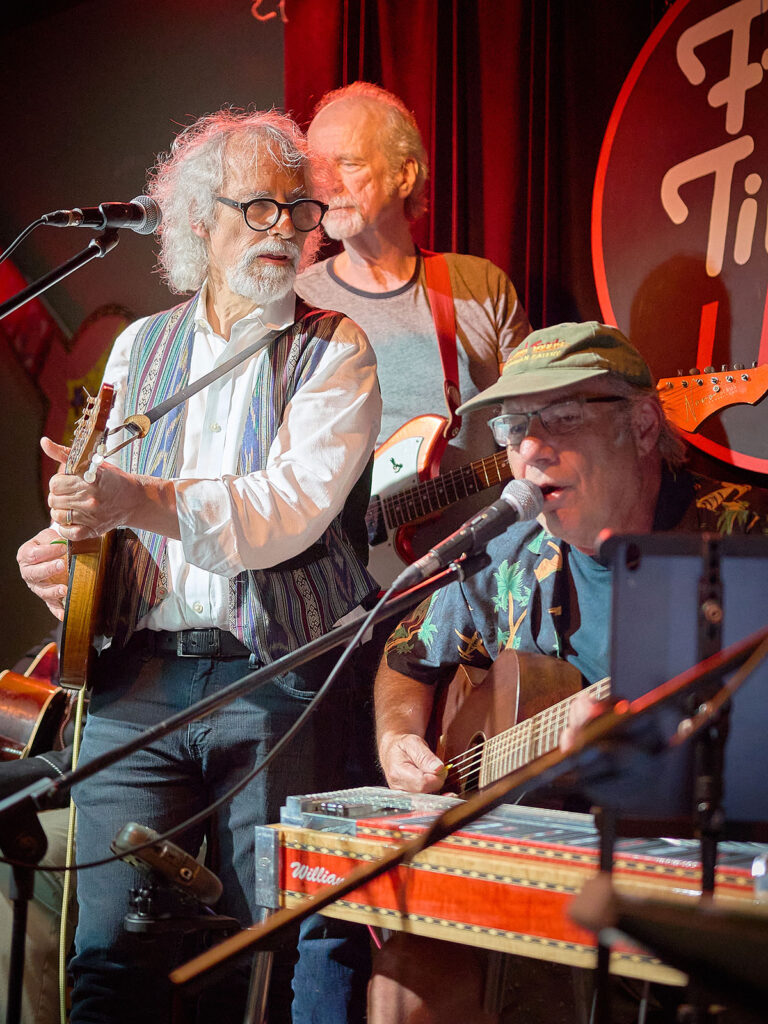
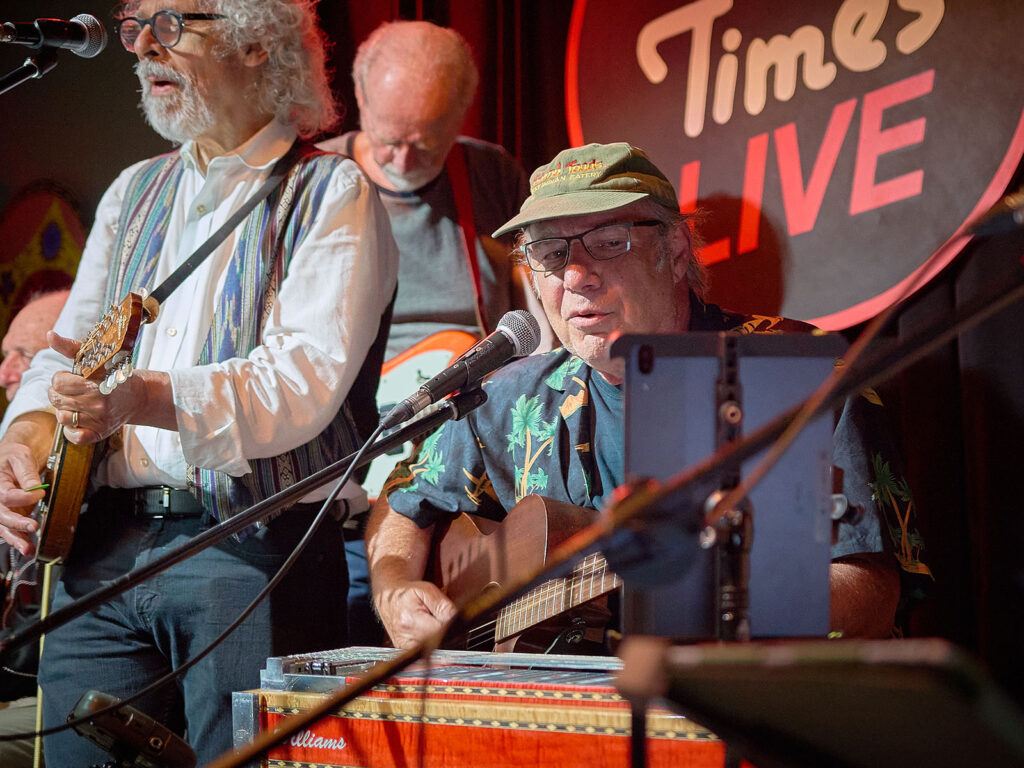

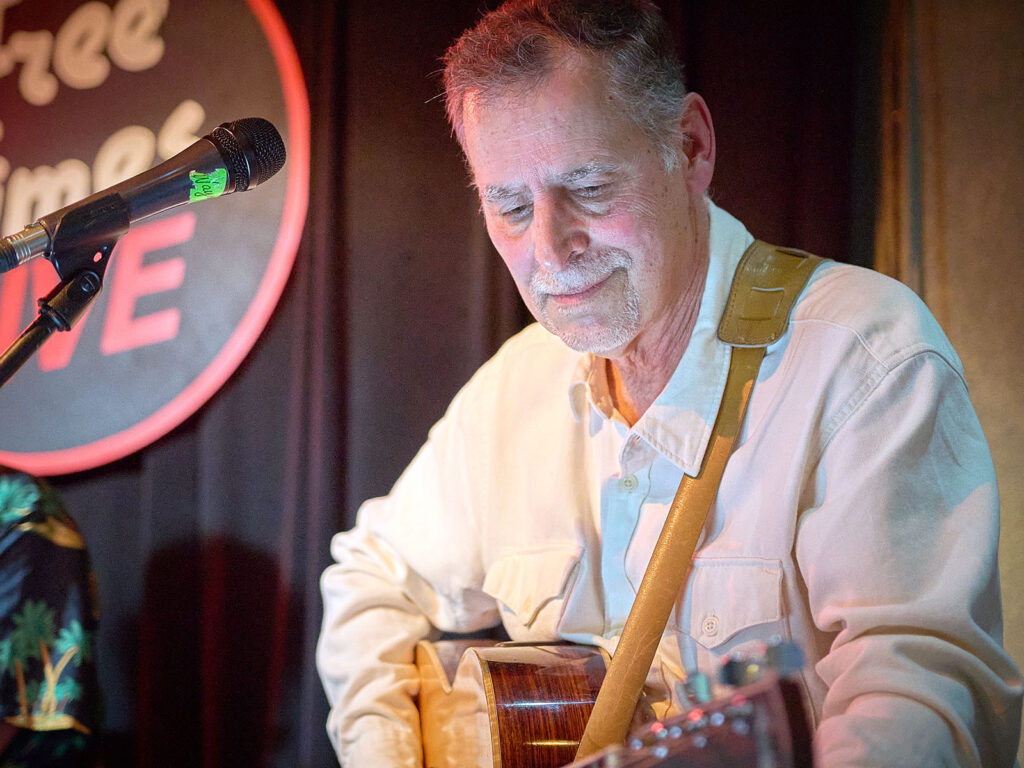
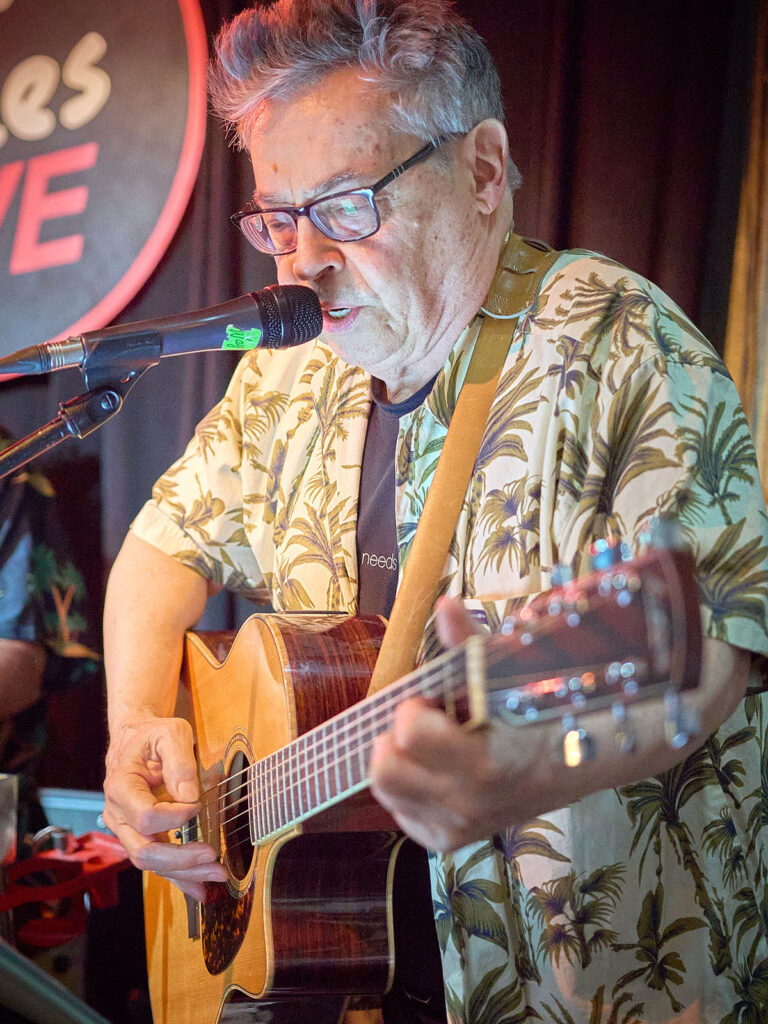

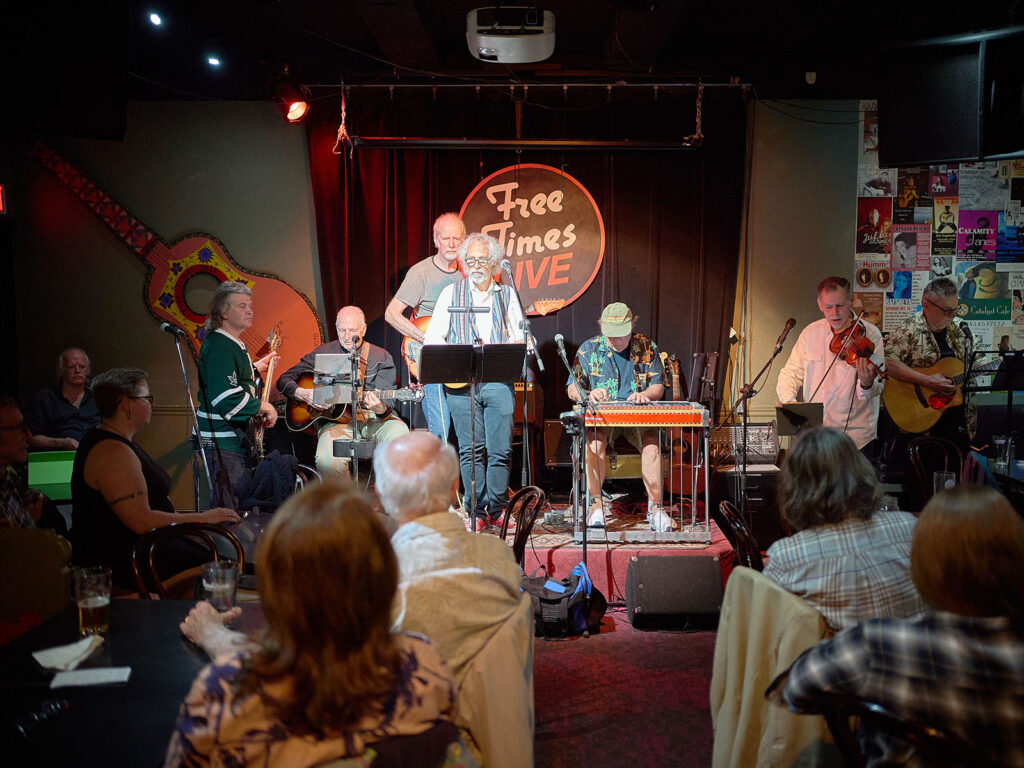
These aren’t profound questions. Some might think they are shallow questions, but that doesn’t mean they’re not important. The two questions are: Why do we measure our happiness against animals? And why two particular animals?
Let me be specific. Many of you have heard the expressions “happy as a clam” and “happy as a pig in…” and here you can fill in the thing that the pig is in which could be “mud” or it could be “shit” but it’s one of those two – or some minor variant thereof.
But how do we know clams are happy? They don’t have mouths, they can’t smile, they don’t purr and they all look the same. I can’t tell a happy clam from a suicidal clam. And why do we think pigs are happy when they’re rolling around in muck or, more particularly, shit? And whose shit are they rolling around in anyway?
And why clams and pigs? (I know I said two questions, but it looks like there are more than two, sorry). Clams and pigs seem to be incredibly culturally specific references. Focusing happiness on clams and pigs automatically shuts those millions and millions and millions of people in the world for whom clams and pigs are seen as unclean – not wishing to disparage clams and pigs or suggest that they don’t practice proper clam and pig hygiene – but that they are unclean in a religious sense. And is the elevation of clams and pigs as the sine qua non of happiness just another example of the British colonial structure imposing itself on the world? And have I somehow now moved from shallow questions to really big, profound questions?
Since I am now clearly out of my depth let me turn to practical happiness, something I do know a bit about. If you’re interested having a happy time in Toronto in the coming days, might I suggest coming to see Gordon’s Acoustic Living Room. We are an ensemble whose sole purpose is to bring happiness and joy to those within earshot of our music. And you can get within earshot of our music on Sunday, May 18, when we will be playing at the Free Times Café (College just west of Spadina). We will be playing wildly eclectic sets of music in a variety of styles, and even if every song is not a happy song, it will all make for a happy evening. And making it even happier is the fact that Monday is a holiday and so you can stay up late and hear the whole show. And as a special incentive, and to encourage more and more people to be happy, there will be no cover, ’cause that’s just the kind of folks we are.
The show starts at 8pm and I hope to see you there.
Jonathan
PS. Bagpipes and happiness, can they coexist? Discuss.
| May 18th Set List: | |
|---|---|
| Set #1: | Set #2: |
| Hector the Hero Victoria You Only Live Twice I Got You Hallelujah I’m a Bum I Wish I was Your Mother Lucky Enough Girl in the Transparent Dress I’m Drinking Canada Dry Stronger Beer Canadian Railroad Trilogy Glenora Ferry |
First We Take Manhattan Ruby Tuesday Pussy Willows Cattails Defying Gravity Girl Bartender Blues I’m Moving On Fast Freight I Mean it When I Say I Do Sweet Talk Snowbird Brandy |
